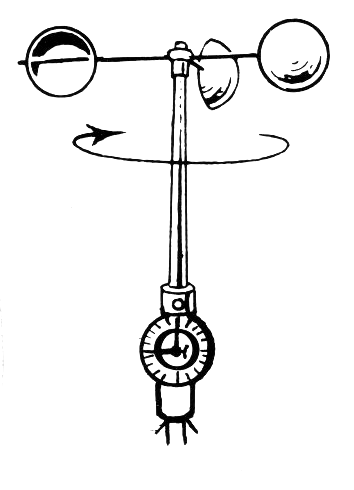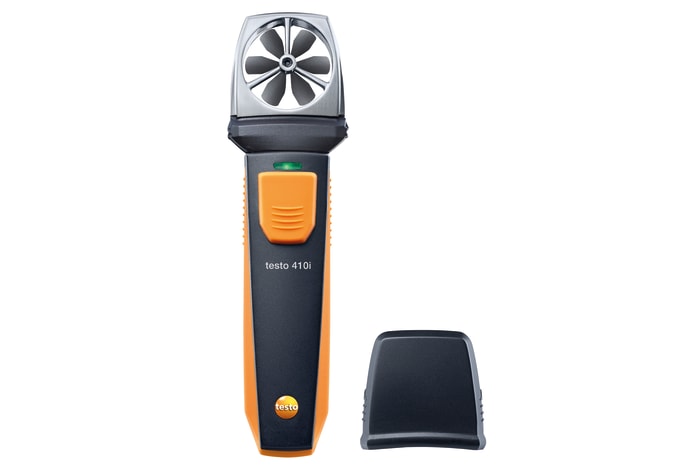Anemometers Revealed: Comprehending Their Relevance in Ecological Tracking and Security Procedures
The function of anemometers in environmental surveillance and precaution is often ignored, yet their importance is obvious. These tools have a lengthy history rooted in scientific inquiry and technological improvements, advancing to end up being vital tools in various areas. From weather forecasting to air travel safety, anemometers play an essential function in offering precise data that educates decision-making processes and improves overall safety and security. Comprehending the details of anemometers unveils a world of vital insights that are basic to our understanding of the setting and the actions we take to ensure safety and security.
History of Anemometers
The evolution of anemometers can be traced back to the ancient civilizations where fundamental wind measuring gadgets were initial utilized. These early wind measurement devices laid the structure for the advancement of more innovative anemometers over time. One of the earliest well-known anemometers was the hemispherical cup anemometer invented by Leon Battista Alberti in the 15th century. This layout contained 4 hemispherical mugs that gathered wind energy, offering a dimension of its strength based on the rate of rotation.
Over the years, innovations in modern technology led to the advancement of even more contemporary anemometers, including ultrasonic anemometers and laser Doppler anemometers, offering increased accuracy and performance in gauging wind rate and direction. The history of anemometers showcases a remarkable journey of innovation and progress in the area of weather forecasting.
Kinds Of Anemometers
Throughout the area of weather forecasting, various sorts of anemometers have actually been established to precisely measure wind rate and instructions. The most common type is the cup anemometer, which includes three or 4 mugs placed on straight arms that rotate with the wind. As the mugs spin, the rate at which they turn is directly symmetrical to the wind speed. An additional commonly used type is the vane anemometer, which includes a tail or fin that aligns itself with the wind direction. This positioning allows the gadget to identify the wind instructions. Sonic anemometers utilize ultrasonic signals to measure wind rate and direction precisely. They are typically utilized in research applications as a result of their high precision. Hot-wire anemometers operate based on the principle that the cooling result of wind on a heated cord is proportional to the wind speed. These anemometers appropriate for measuring low wind speeds with high precision. Each kind of anemometer has its toughness and is selected based upon the certain requirements of the surveillance task handy.
Applications in Weather Forecasting
Having gone over the numerous kinds of anemometers utilized in meteorology for gauging wind speed and direction, it is vital to discover their practical applications in the field. Anemometers play a vital duty in weather forecasting by providing accurate and real-time data on wind conditions (anemometer). Meteorologists use anemometers to keep track of wind speed and direction to forecast weather condition patterns, problem warnings for serious weather events like tornados, storms, and hurricanes, and examine weather for aeronautics safety
In weather forecasting, anemometers help in comprehending local and regional wind patterns, which are important for predicting climate modifications and figuring out climatic fads. These tools are additionally utilized in research to research microclimates, metropolitan heat islands, and air contamination diffusion. Additionally, anemometers are used in farming to optimize plant administration practices, such as watering and pesticide application, based on wind problems.
Value in Aviation Safety And Security
An important aspect of guaranteeing aeronautics security depends on the careful monitoring of wind conditions utilizing anemometers. Anemometers play a crucial function in aviation by supplying real-time data on wind speed and instructions, aiding pilots in making notified choices during flight, liftoff, and touchdown. Solid and unpredictable winds can substantially impact aircraft operations, making it necessary for aviation authorities to rely upon exact wind dimensions to ensure the safety of guests and team.

In the vibrant environment of discover this info here aeronautics, where also minor adjustments in wind speed and direction can have extensive effects, anemometers stand as indispensable tools for promoting safe and safe air traveling.
Function in Environmental Study
How do anemometers add to advancements in ecological research? Anemometers play a crucial function in ecological study by offering important data on wind speed and instructions. This details is vital for comprehending numerous climatic procedures, such as air pollution diffusion, weather condition patterns, and environment adjustment. By properly measuring wind qualities, anemometers help researchers examine the movement of toxins airborne, assess the impact of industrial discharges, and anticipate the spread of pollutants in the setting.


Verdict
To conclude, anemometers have played a critical duty in environmental monitoring and precaution. With an abundant background and different types available, these devices have actually been widely used in weather forecasting, aviation safety, and ecological research study. Comprehending the relevance of anemometers is necessary for properly determining wind rate and direction, which is vital for forecasting climate patterns, making certain risk-free air travel operations, and performing environmental studies - anemometer. Their contributions to these areas can not be undervalued.
One of the earliest recognized anemometers was the hemispherical mug anemometer developed by Leon Battista Alberti in the 15th century. Over the years, advancements in technology led to the development of even more modern-day anemometers, including ultrasonic anemometers and laser Doppler anemometers, supplying increased accuracy and official website efficiency in determining wind rate and direction. Hot-wire anemometers operate based on the principle that the cooling result of wind on a heated cable is symmetrical to the wind speed. Meteorologists utilize anemometers to monitor wind rate and direction to anticipate weather condition patterns, concern cautions for severe weather condition occasions like tornados, hurricanes, and hurricanes, and evaluate climatic problems for aviation safety and security.
Understanding the importance of anemometers is crucial for accurately measuring wind speed and instructions, which is important for anticipating weather condition patterns, making certain safe aviation operations, and performing ecological researches. (anemometer)